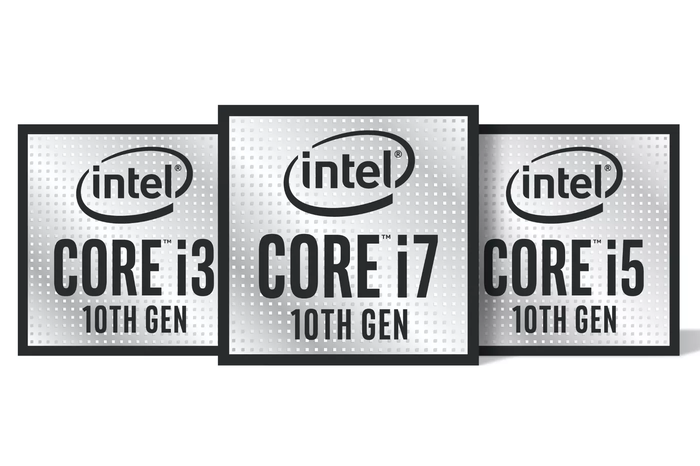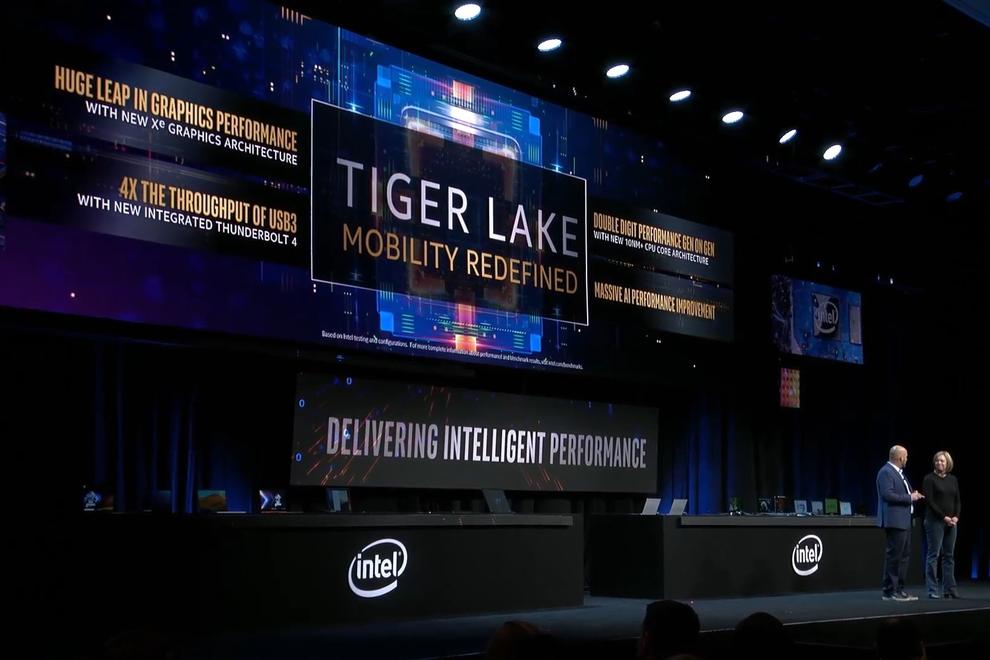 Credit: Intel
Credit: Intel
Intel Core i3, Core i5, and Core i7 CPUs have been around for a few years now, but some buyers still get stumped whenever they attempt to build their own systems and are forced to choose among the three.
With the most recent 10th Generation (Ice Lake) architecture now available in notebooks that are on store shelves and 'Rocket Lake' CPUs expected to follow in 2021, history looks set to repeat itself. There's likely to be a whole new wave of consumers asking the same kind of questions that get raised every time Intel refreshed their CPU lineup.
Does an Intel Core 5 have a 5-core processor? Which branch of Intel's product lineup is going to offer you the best value for money or gaming performance? Is there such thing as an Intel Core i6? Here's everything you need to know:
Core i3, Core i5, Core i7 — the difference in a nutshell
The short version here is that Intel Core i7 processors are usually better than Intel Core i5 processors, which are in turn usually better than Core i3 processors. The word usually does a bit of heavy lifting here, since a close comparison newer or higher-spec Core i5 processor might see it come out ahead of an older Core i7 model. Nevertheless, the above rule is true more often than not.
Core i7 does not have seven cores nor does Core i3 have three cores. The numbers are more of indicative of their relative processing power and target audience or device than anything else. Although it is the case that processor core-counts have risen in recent years, there are no hard or fast rules about how many cores an Intel Core i5 or i7 processor should have in it.
 Credit: Intel
Credit: Intel While the number of cores a processor has is important, it isn't the whole story. When it comes to Intel's Core i3, i5 and i7 CPUs, their relative levels of processing power are based on a collection of criteria involving their number of cores, clock speed (in GHz), size of cache, as well as technologies like Turbo Boost 2.0 and Hyper-Threading.
As mentioned before, Intel's Core processors can also be grouped in terms of their target devices, i.e., those for laptops and those for desktops. Each has its own specific characteristics/specs. The letter at the end of the processor's model number serves to place it in conversation with similar processors looking to service the same audience.
For instance, Intel's 7th Generation Y and U-series processors are designed to power fanless 2-in-1 (convertible laptop/tablet) devices and ultrathin notebooks. All these processors are designed to strike a balance between performance and mobility, achieving longer battery life in lieu of higher core counts.
[Updated article: Which Intel Core CPU is the best? How do I decide between a Core i3, i5, i7 or i9?]
[Related: Which CPU is best: Intel Core i7 or AMD Ryzen?]
Core Counts & Clock Speeds
Intel's current lineup of Core i3 processors are almost entirely quad-core. Their Core i5 CPUs for desktop PCs boast 6-cores while mobile Core i5 processors are, again, mostly quad-core. Meanwhile, modern Core i7 processors range from quad-core all the way up to octa-core. The 7th Generation Y-series and U-series we mentioned before? They feature dual-core processors designed for maximum battery life and fanless designs.
 Credit: Intel
Credit: Intel The more cores a processor has, the more tasks (known as threads) can be served at the same time. Hypothetically, a dual-core processor can serve two threads at once while a quad-core processor can serve four and an octa-core processor can serve eight. In theory, this means that a PC powered by quad-core processor is able to operate and complete tasks with greater efficiency than one with a dual-core processor.
In addition to the number of Cores, the other metric that matters here is the clock speed of a given CPU. Measured in Gigahertz, clock speed measures the default or factory-set speed with which the processor normally operates. Many processors can be modified to go faster than that speed through overclocking but the normal clock speed is a good tool for measuring their relative performance power.
More like core count, higher is better here. A processor with a faster speed can operate more more efficiently compared to one with a slower speed. However, due to thermal restrictions, processors with more cores tend to operate at a lower clock speeds.
This is why having a PC with the most cores might not always be the thing you want.
 Credit: Intel
Credit: Intel At this point, it's important to take the opportunity to start talking about how a number of factors can affect the overall processing power of a CPU. The number of cores involved shouldn't be your only consideration when you're trying to determine whether you should consider buying an Intel Core i3, Core i5, or Core i7 processor but it is useful as a place to start.
You can't understand or appreciate the significance of stuff like Turbo Boost and Hyper-Threading without having some foundational knowledge of clock speed and core count. These advanced technologies and features are a big part of the draw for many modern Intel products and countless processors benefit from them.
[Related: Gigabyte Aorus GA-AX370-Gaming 5 AMD Ryzen motherboard review]
[Related: Ryzen 5 vs Intel Core i5 CPU review]
Find out more about Intel Turbo Boost 2.0, Cache size, Intel Hyper-Threading Technology on the next page
















